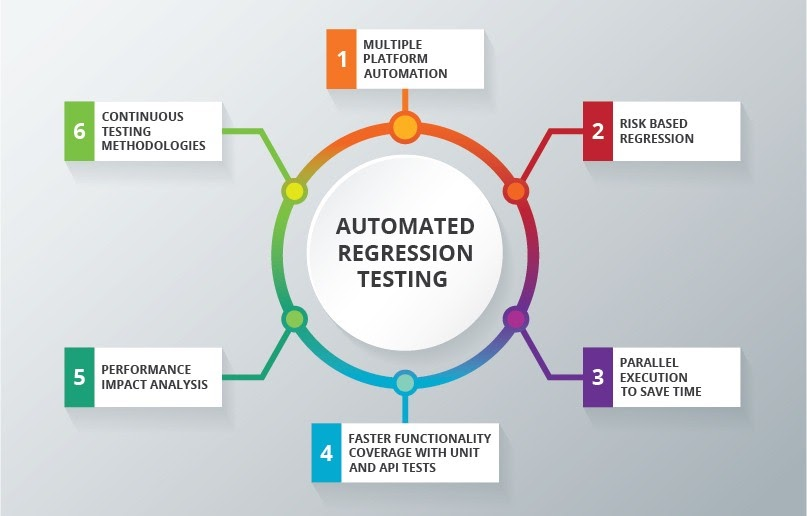Debunking Myths about IT staff augmentation services
July 14, 2022
The Future of Low Code Development
May 12, 2022
The Benefits of Automated Regression Testing
March 25, 2022
The 21st Century Way To Build And Deliver Software
November 23, 2021
5 Steps for High-Level Digital Product Design and Development
November 19, 2021
React Js: A good place to start for new developers
June 21, 2021
5 Benefits Of Taking A DevOps Course For Businesses
February 27, 2019






